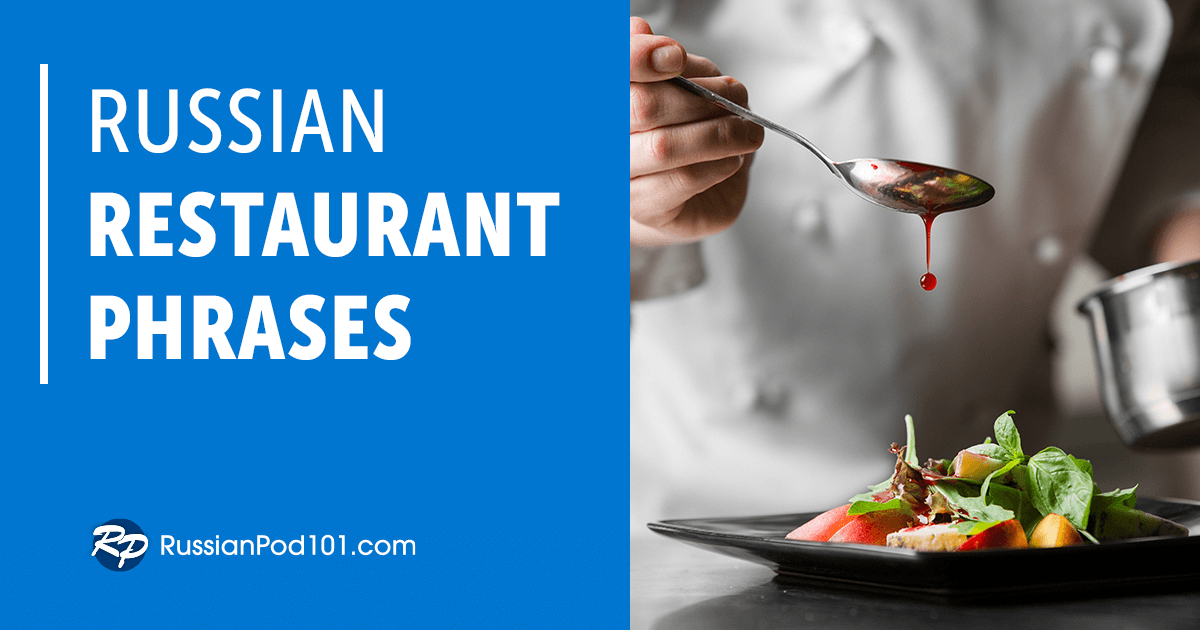How much hardship can a single country endure?
Take a brief look at Russian history, and you’ll find that a country can survive just about anything as long as its people remain united. From Polish invasion to the so-called Time of Troubles, Russia underwent quite a series of destructive events in the seventeenth century—and eventually made it to the other side intact as a nation.
In this article, we’ll discuss some of this history with you and talk about the importance of National Unity Day in Russia.
Let’s get started!

1. What is National Unity Day?

The Russian National Day of Unity, celebrated each year on 4 ноября (4 nayabrya), or November 4, commemorates the Russian defeat of Polish invaders in 1612. Led by national heroes Kuzma Minin and Dmitry Pozharsky, Russians from every class and walk of life joined together into one formidable force and thus defeated the Polish and retained their independence. Additionally, the holiday celebrates the end of the so-called Time of Troubles.
Following the Russian victory, Mikhail Romanov took the throne as the new Czar and declared that a holiday be implemented to remember the events. He called it: “Day of Moscow’s Liberation from Polish Invaders.” It became an official holiday in 1649, but celebrations ceased in 1918, when the Великая Октябрьская революция (Velikaya Aktyabr’skaya revalyutsyya), or “Great October Revolution,” took place.
At this time, the government eradicated the current holiday and replaced it with a new one honoring the Great October Socialist Revolution. But in 2005, about fifteen years after the USSR collapsed, the original holiday was reimplemented and given the name National Day of Unity.
Today, the holiday is celebrated not only to remember the events of 1612, but to encourage further unity amongst Russians.
- →Want to learn more? Check out our lesson All About Russian History in a Nutshell for a brief overview!
2. National Unity Day Traditions
In Russia, the Day of National Unity isn’t met with a lot of celebrations, likely because of how new it is.
The biggest celebration for the Day of National Unity in Russia is the festive ceremony at the Grand Kremlin Palace. Some of Russia’s highest-ranking members of society are invited to attend. These include the Patriarch of Moscow, His Holiness Kirill I, government representatives, and people in the fields of culture and science.
The President of Russia also offers awards to people who have benefited the country in some way. In particular, those who have contributed to the country’s peace and unity in a big way or have aided the country in its relations with other nations are considered highly valued members of society.
On the side of the general population, people may host a fair, festival, or Концерт (kantsert), meaning “concert.” There may also be a Военный парад (voyennyy parad), or “military parade,” in larger cities. In addition, flowers are laid at national monuments and services are given.
National Unity Day is considered a time for Благотворительность (blagatvaritel’nast’), or “charity.” Many Russians give to the poor or perform other charitable acts on this day.
- →Plan on visiting for the holiday? See our vocabulary lists on Russian Tourist Attractions!
3. A Shared Holiday

The Day of National Unity in Russia shares its date with another important holiday. Do you know which holiday this is?
It’s called the Feast of Kazan Icon of the Mother of God. Kuzma Minin and Dmitry Pozharsky prayed to this icon and took it with them on their march. Each year, the churches do a special service dedicated to the Kazan icon.
- →Learn the names of different religions in Russian on our Religion vocabulary list.
4. Essential Vocabulary for National Unity Day

Let’s review some of the vocabulary words from this article!
- Ноябрь (noyabr’) — “November”
- Цветок (tsvetok) — “flower”
- Концерт (kantsert) — “concert”
- День народного единства (Den’ narodnava yedinstva) — “Day of National Unity”
- Великая Октябрьская революция (Velikaya Aktyabr’skaya revalyutsyya) — “Great October Revolution”
- Мемориал (memarial) — “memorial”
- 4 ноября (4 nayabrya) — “November 4”
- Военный парад (voyennyy parad) — “military parade”
- Кузьма Минин (Kuz’ma Minin) — “Kuzma Minin”
- Освобождение (asvabazhdeniye) — “emancipation”
- Дмитрий Пожарский (Dmitriy Pazharskiy) — “Dmitry Pozharsky”
- День воинской славы (Den’ voinskay slavy) — “Days of Military Honor”
- Благотворительность (blagatvaritel’nast’) — “charity”
- Митинг (mitink) — “rally”
- Демонстрация (demanstratsyya) — “demonstration”
Remember that you can find each of these words and phrases, along with their pronunciation, on our Day of National Unity vocabulary list.
Final Thoughts
Does your country have a holiday that encourages national unity? If so, how do you celebrate? Let us know in the comments!
If you would like to learn more about Russian culture and the language, check out the following blog posts on RussianPod101.com:
- День России: Celebrating Russia Day the Russian Way
- Масленица: Celebrating Maslenitsa in Russia
- Russian Etiquette: Body Language and Gestures
- Russian Etiquette: 7 Do’s and Don’ts in Russia
- Top 10 Russian Movies on Netflix to Improve Your Russian
And there’s much more where that came from! If you’re serious about becoming fluent in Russian, create your free lifetime account today. You’ll be speaking Russian in minutes and fluent before you know it.
We hope to see you around! ;)










